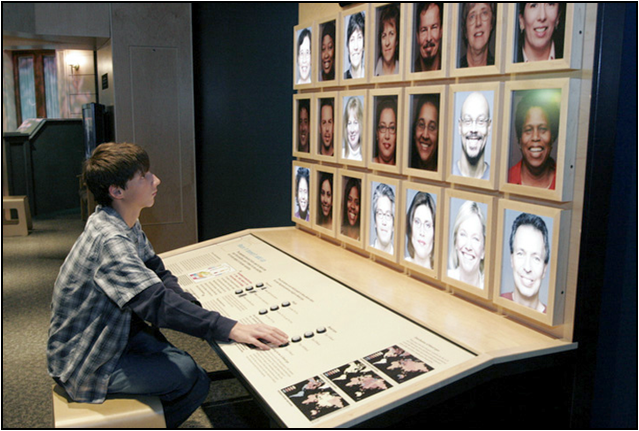The Local newsletter is your free, daily guide to life in Colorado. For locals, by locals.
The August shooting of 18-year-old Michael Brown in Ferguson, Mo., by police officer Darren Wilson—and the poignant debate and civil unrest that’s followed—has flooded nightly news in recent weeks, and no doubt infiltrated the consciousness of children and teens in many Colorado households. Case in point: On Wednesday, hundreds of students from East High School in Denver walked out of class to protest the Missouri grand jury’s decision not to indict Wilson for Brown’s death. (While four cops were injured—one seriously—when a car jumped a curb, representatives from the Denver Police Department said the protest was peaceful.)
Now, with race relations firmly at the center of the national conversation, parents are faced with a difficult task: How to talk to their kids about what happened in Ferguson, and why it’s held the intense focus of people across the nation. Not sure where to start? Try the History Colorado Center’s “RACE: Are We So Different?” exhibit (open through January 4), which introduces this subject to children with age-appropriate materials. From scouting through scientific findings on the relationship between DNA and race (hint: there is none), to allowing children to touch different hair textures, parents can utilize the exhibit as a conversation starter to a topic that has long been considered culturally taboo.

On Saturday, December 6, History Colorado is hosting its last of three moderated discussions on the different ways parents can talk to their kids about the meaning of race—both in terms of physical appearance and history. Moderator Dena Samuels, an assistant professor of Women’s and Ethnic Studies and director of the Matrix Center for Advancement of Social Equity and Inclusion at the University of Colorado–Colorado Springs, will lead the discussion on what race means for blended, diverse, and non-traditional families.
Exhibit director Alison Salutz says these types of conversations are paramount, especially as kids begin to ask why their siblings or friends don’t look like they do. “It can be a tricky [topic] for families, and it’s often something we avoid it because it is difficult,” Salutz says. “But it’s important to the changing demographics in our state and our city. Colorado has long been a petri dish for trends in the nation. We are a very self-aware community and public.”
The two-hour workshop ($20–$25 per adult) is just for adults, but older children and teens are also encouraged to participate. If your kids are too little to attend the talk, childcare with a story time about racial similarities and differences, an exhibit tour, and art project is available. Come to the museum early to check out a special free performance by the Cleo Parker Robinson Dance Company. 1200 Broadway, 303-447-8679, historycoloradocenter.org
Follow assistant editor Lindsey R. McKissick on Twitter at @LindseyRMcK.








